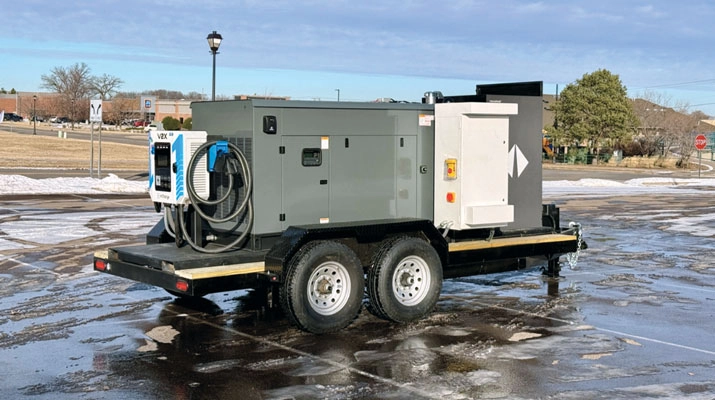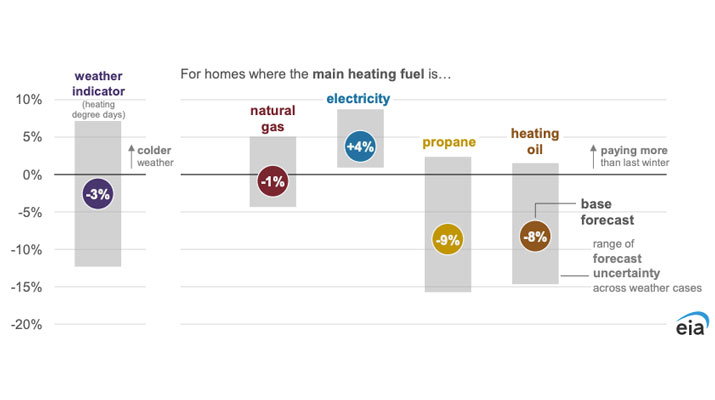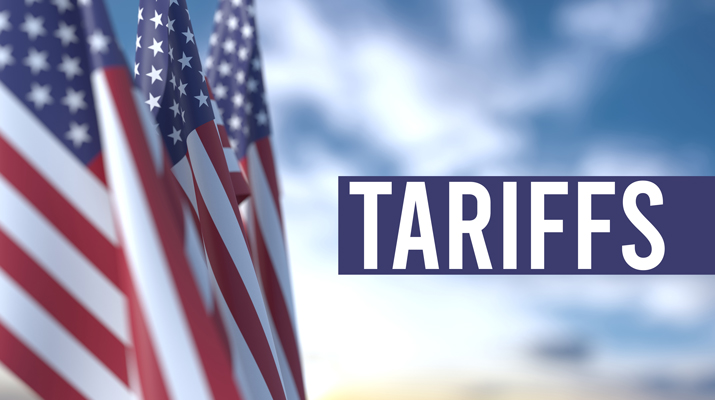Get your team to use the new technology
Our industry, like almost every other, has been bombarded with change.

Tank monitors, routing software, customer portals, truck and service tablets, mobile apps and, increasingly, artificial intelligence (AI), create seemingly limitless opportunities for greater efficiency and better customer service. If that’s true, then why is it that drivers don’t use it, customer service representatives (CSRs) default to old habits and customers keep calling and walking in instead of logging in online?
The most common reason is poor change management. Using technology isn’t just about buying software – it’s about getting people to use it. It requires thoughtful change management.
Change is particularly difficult in our industry because many employees have long tenure and deep expertise. That’s a strength, but it also means they’ve spent decades doing things a certain way. Drivers who know every customer tank on their route by heart often find routing software insulting, let alone unnecessary. CSRs who pride themselves on personal service worry about job security when customers leave them for the 24/7 portal and AI chatbot. Their insecurity ironically winds up being misplaced because their customers resist change too; they would rather mail a check or call the office than be on a computer. Resistance by these stakeholders often hardens into outright rejection when propane marketers rush implementation, offer little explanation or fail to train their employees properly.
Thoughtful change management starts long before technology goes live and begins with clear communication. Explaining what the new tool is doesn’t reduce resistance unless you also explain why it matters. Employees and customers need to understand the benefits – improved safety, fewer runouts, shorter drive times, or more convenient service.
Early involvement also helps. Our CSRs and drivers now help us evaluate a system before purchase. Giving them a voice in selecting a tool gives them a stake in its success.
Training should also go beyond quick handouts or canned user manuals. When was the last time you found a software user manual clear and helpful? We have created our own step-by-step instructions for both internal and external use. Our website has step-by-step instructions with screenshots and company-produced instructional videos to help customers use our portal and app. We have also trained our CSRs to provide over-the-phone and in-person assistance and training for customers. Providing a discount for digital orders also gives customers a financial incentive to use your tools.
Frequent victory laps also can help. Share stories about how you’ve prevented runouts or reduced voicemails and dropped calls. Tangible successes help turn skeptics into believers.
A lot of space in this column has focused on best practices over the years. Worst practices, too often, are overlooked. Here are a few that you may want to avoid:
- Rolling out a system without field-testing. Ready, fire, aim is not a successful sequence.
- Ignoring fears for job security. Technology won’t replace people in propane marketing, but people who embrace technology will replace people who don’t.
- Assuming older employees can’t learn technology. Bill Gates is going to turn 70 in October.
- Ignoring feedback. Sometimes there really is a fire in the crowded theater.
- Assuming adoption will happen automatically. Sometimes they won’t come, even if you build it.
Technology has become more critical to propane marketers. In the long run (or even the near term!), successful marketers will integrate technology smoothly into their operations and enjoy efficiency, safety and customer loyalty advantages. But their success will depend less on the sophistication of the tool and more on the willingness of their employees and customers to embrace it.
Christopher Caywood is a co-owner of Caywood Propane Gas Inc. Contact him at chris@caywoodpropane.com.
Featured homepage image: B4LLS/iStock/Getty Images Plus/Getty Images
Related Articles
Using artificial intelligence to improve your marketing efforts
What you don’t know about your customer service is hurting you















